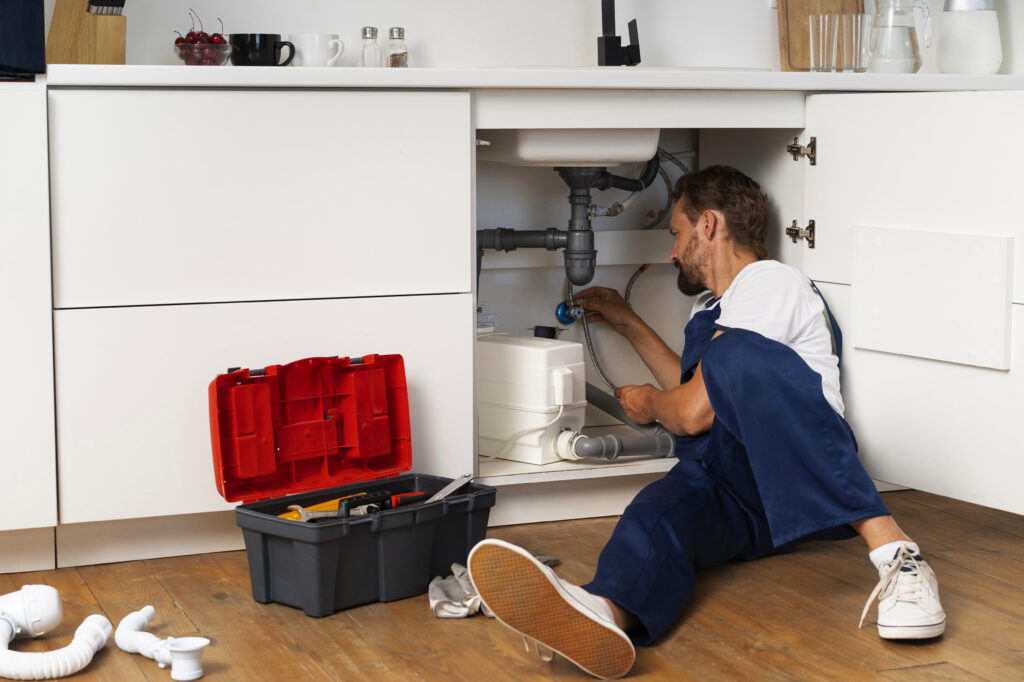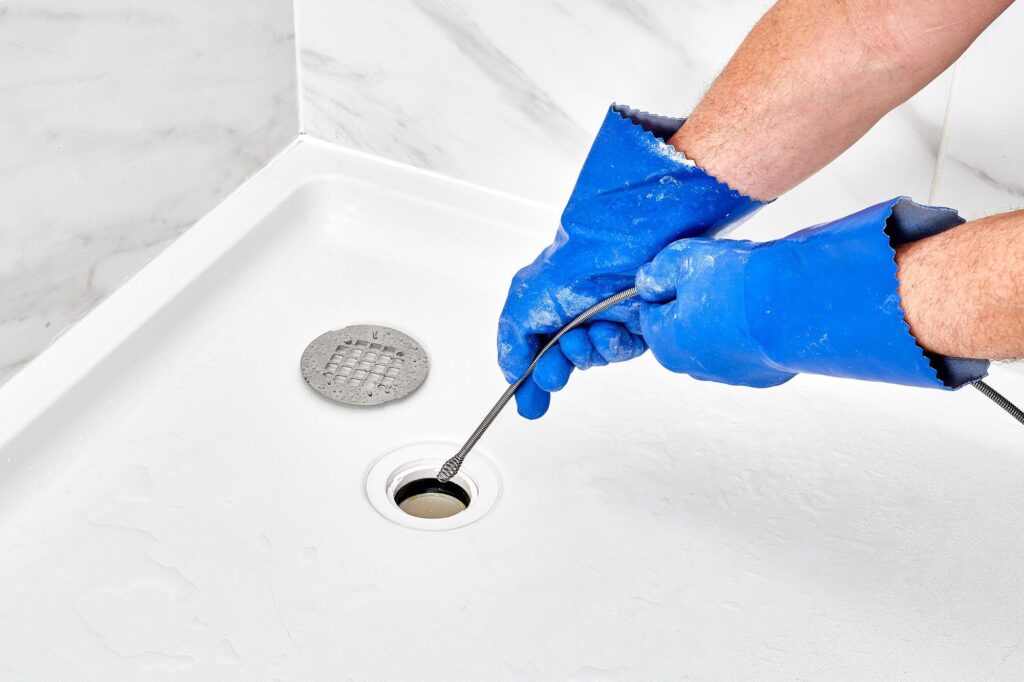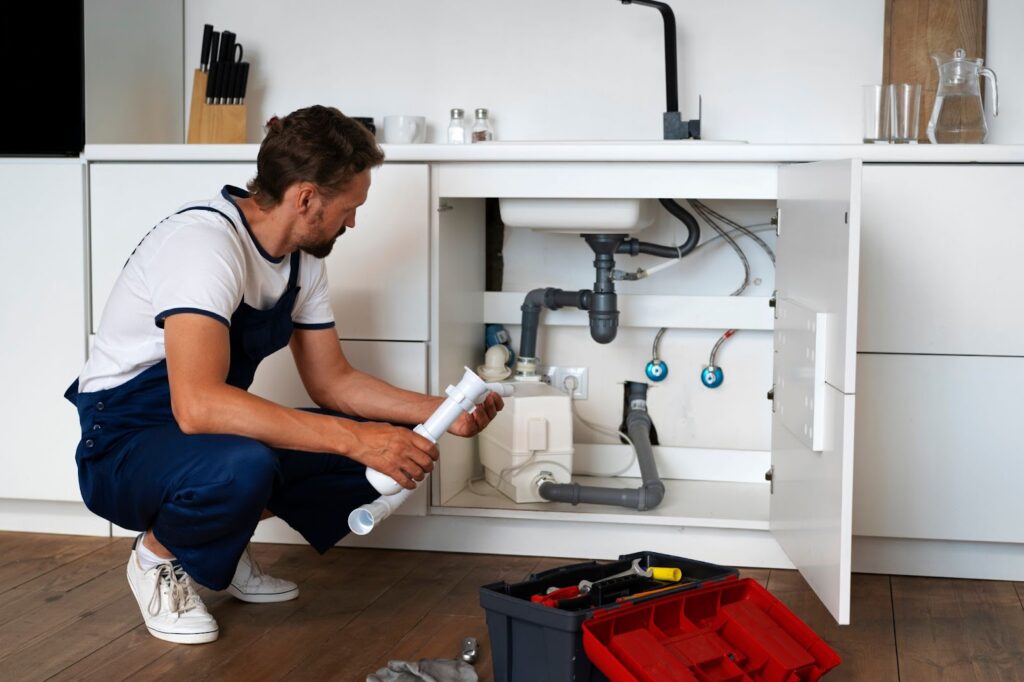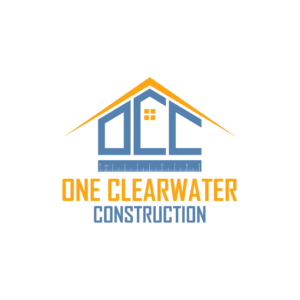Is that dripping faucet driving you crazy? Or maybe your kitchen sink just won’t drain properly? Instead of waiting for a plumber, why not take matters into your own hands?
DIY Plumbing Repair is a great way to tackle those annoying plumbing problems that pop up in every home. With a few simple tools and some guidance, you can fix minor issues yourself, saving time, money, and the headache of waiting for a professional.
When plumbing issues strike, it’s easy to feel like you need a plumber right away. But here’s a secret: many of the most common plumbing problems can be fixed without expert help. You don’t have to be a professional plumber to handle these issues!
With just a little know-how, you can prevent small problems from turning into big, expensive ones. So, are you ready to take charge of your home’s plumbing?
Keep reading for easy-to-follow tips and tricks to fix some of the most common plumbing issues, and get your plumbing working like new without calling in the pros!
1. Not a Professional – Discover these Basic Tips

Plumbing can be a tricky job, and many homeowners are hesitant to dive into repairs, especially since most plumbing issues involve getting wet or working in tight spaces.
But don’t worry, there are a few common plumbing fixes that most people can handle without making things worse.
- Shut off the main water supply: Always turn off the water supply before starting any repair. This prevents further flooding or water damage while you work.
- Use the right tools and parts: Make sure you have the proper tools and replacement parts. Don’t try to cut corners with cheap materials; it could lead to bigger problems down the line.
- Dress accordingly: Plumbing jobs can get messy, so don’t wear your favorite clothes. Stains and water splashes are part of the process.
- Seek advice when unsure: If you’re unsure about any step of the repair, it’s always better to ask a professional plumber for advice rather than risk damaging your pipes or fixtures.
These are some of the most common plumbing problems homeowners face. Make an informed repair decision by following our guide and taking the right steps for each situation.
2. Fixing Clogged Drains | A Quick & Easy Solution

Clogged drains are one of the most frequent plumbing problems. Whether it’s your kitchen sink full of grease or your bathroom sink blocked by hair, clogs happen regularly.
The good news? DIY Plumbing Repair can often fix these issues without the need for a plumber.
How to Fix a Clogged Drain:
- Plunger: Start with a plunger. For smaller clogs, a few pumps with the plunger can help loosen up the blockage and get the water flowing again.
- Drain Snake: For stubborn clogs further down the drain, a drain snake is an excellent tool. Simply insert the snake into the drain, twist, and pull out any debris.
- Vinegar and Baking Soda: If you prefer a natural solution, pour half a cup of baking soda into the drain, followed by half a cup of vinegar. Let it sit for about 15 minutes and then flush with hot water. This method works for most kitchen and bathroom clogs.
If these DIY Plumbing Repair methods don’t clear the clog, it might be a more serious issue in your pipes, like a deep blockage or a damaged pipe. In that case, it’s time to call a professional.
3. Leaky Faucets | Stop Wasting Water
A leaking faucet may seem like a small issue, but it can waste a lot of water over time, leading to higher utility bills. Fixing a leaky faucet is an easy DIY Plumbing Repair job that you can do in just a few minutes.
How to Fix a Leaky Faucet:
- Turn off the water supply: Before starting any plumbing repair, always make sure the water supply is turned off.
- Replace the Washer: A common cause of a leaky faucet is a worn-out washer. Simply remove the faucet handle and replace the old washer with a new one.
- Tighten the Fittings: If the faucet is still leaking, it could be because the fittings are loose. Use a wrench to tighten them, but don’t overtighten.
By replacing the washer and tightening the fittings, you can stop the drip and save water. Fixing leaks early prevents bigger issues down the line, like water damage or mold growth.
If the faucet continues to leak after replacing the washer and tightening the fittings, the internal parts might need to be replaced. This is when it’s time to bring in a professional plumber.
4. Running Toilets | Quick Fixes for an Annoying Problem
A running toilet wastes a lot of water and can significantly raise your water bills. Fortunately, fixing a running toilet is a straightforward DIY Plumbing Repair project that you can easily do yourself.
How to Fix a Running Toilet:
- Replace the Flapper Valve: The most common reason for a running toilet is a faulty flapper valve. Turn off the water supply, remove the tank lid, and replace the flapper valve.
- Adjust the Fill Valve: If the water level is too high, it can cause the toilet to run continuously. Adjust the fill valve so the water level is just below the overflow tube.
- Fix the Chain: If the chain inside the tank is too tight or too loose, it can prevent the flapper from closing properly. Adjust the chain to ensure it’s the correct length.
Fixing a running toilet can save a lot of water, which lowers your water bill. Plus, it’s a quick fix that can be done without waiting for a plumber.
If you’ve replaced the flapper and adjusted the fill valve but the toilet continues to run, there could be an issue with the tank’s internal mechanism that needs professional repair.
5. Low Water Pressure | Simple Steps to Improve It
Low water pressure can be a frustrating problem, making simple tasks like taking a shower or washing dishes feel like a hassle. The good news is, DIY Plumbing Repair can help improve water pressure in most cases.
How to Improve Low Water Pressure:
- Clean Faucet Aerators: Over time, mineral deposits can build up in the aerators of your faucets and showerheads, reducing water pressure. Remove the aerator, soak it in vinegar, and rinse it clean.
- Check for Leaks: Leaks in your pipes can cause low water pressure. Inspect pipes under sinks or in the basement for visible leaks and fix them.
- Replace the Pressure Regulator: If the problem is widespread throughout your home, a faulty pressure regulator might be the issue. Replacing it can improve water flow.
These easy steps can restore your water pressure without calling a plumber. A little cleaning and tightening can make a huge difference in water flow.
If none of these DIY fixes work and you’re still dealing with low water pressure, the issue may lie within the main water line or an internal pipe problem. That’s when it’s best to call a professional.
6. Water Heaters | Keep Your Hot Water Flowing
Water heater issues like no hot water, fluctuating temperatures, strange noises, or leaks are common, but many can be solved with DIY Plumbing Repair.
Common Problems & Fixes:
- No Hot Water: Check and reset the circuit breaker, replace the thermostat, or inspect the heating element for damage.
- Inconsistent Temperature: Adjust the thermostat or replace faulty heating elements.
- Strange Noises: Flush the tank to remove sediment buildup that causes noise and reduces efficiency.
- Leaking Water Heater: Tighten loose connections and valves, but if the tank itself is leaking, it may need to be replaced.
Simple fixes like adjusting the thermostat, replacing parts, and draining sediment can restore hot water without calling a plumber.
If problems persist or involve major leaks, internal tank issues, or complex repairs, it’s best to contact a professional plumber for help. By tackling minor issues with DIY Plumbing Repair, you can extend the life of your water heater and save money on service calls. For more serious problems, professional help ensures safety and proper repair.
7. Plumbing & Safety | Why OCC is Your Trusted Partner
Plumbing is one of the most crucial elements of a bathroom remodel and requires expert attention.
At OneClearwaterConstruction (OCC), we understand that your bathroom’s plumbing needs go beyond just installing a new sink or toilet. That’s why our team specializes in handling the intricacies of bathroom plumbing, including rerouting pipes and ensuring efficient fixture installations.
Expert Plumbing Solutions for Your Bathroom
At OCC, we ensure that all plumbing challenges are met with precise solutions. Whether it’s adjusting pipe layouts for a new design or installing modern fixtures, we’ve got it covered.
We prioritize upgrading to modern plumbing practices, such as PEX piping, to ensure your bathroom’s plumbing remains durable and efficient. PEX offers flexibility, resistance to corrosion, and durability, protecting your home from leaks and reducing long-term maintenance costs.
Wrap Up!
Start tackling your plumbing issues with DIY Plumbing Repair for common problems like clogged drains and leaky faucets. These simple fixes can save you money and prevent small issues from becoming big problems.
However, for more complicated issues, don’t hesitate to seek professional help to ensure your plumbing stays in top condition.
If you’re dealing with a major plumbing issue or need a professional’s help, contact OneClearwaterConstruction today for expert plumbing-related services or a free consultation.


